how many times can one reheat food products
 How many times can you safely reheat food? | iHASCO
How many times can you safely reheat food? | iHASCOMichael Mosley: When is it safe to reheat the leftovers? Reheating food appears to be a good way to reduce waste and expenditure. But when it's dangerous, ask Michael Mosley. Reheating food appears to be a good way to reduce waste and expenditure. But when it's dangerous, ask Michael Mosley. After a generous meal we usually end up with leftover food that seems like a shame to throw away. Some leftover foods can even, potentially, be healthier on second occasion. On the other hand, of course, none of us is so interested in risking a plague of food poisoning. If you've ever been poisoned by food (and I have, more than once) then you'll know how horrific the whole experience can be. Typically involves vomiting, diarrhea and stomach cramps About a million people each year in the UK receive food poisoning - half of their own kitchen (with summer barbecues and Christmas leftovers are the biggest culprits). About 100 people each year (mainly the very young and the very old) get it so bad they die from it. What are the rules? How and when can you safely reheat the food? Food poisoning is usually caused by bacteria that contaminate your food. The greatest culprit is not so well known but is very widespread. It is called Campylobacter and according to the Food Standards Agency it is present in more than 65% of the chickens for sale in the United Kingdom. A recent survey found it in 6% of the outer packaging of supermarket chickens. Campylobacter can survive up to a couple of hours on the surface of the kitchen, so it is easy to spread. You can also get sick even in very low doses. While you need to consume tens of thousands of Salmonella bacteria to get sick, Campylobacter is only about 500. Because it is so widespread in the hens and so easy to spread around, it is not a good idea to do what many people still do, it is to wash your chicken before cooking it. Much better put the chicken straight in the oven after seasoning and then wash your hands thoroughly after handling. The key to killing bacteria is to use heat - such a deep kitchen, all the way, is important, especially with the chicken where the texture of the meat is loose enough that bacteria can be found throughout the bird. But what do you do, once you've had your lovely food and you've got a little left? Learn more Trust me I am a Doctor is transmitted in BBC Two at 20:00 GMT on Wednesday, January 6, 2016, or you can. First, you have to let it cool before you put it in the refrigerator. If you put hot food in a fridge all it does is raise the temperature inside the fridge and turn it into the perfect incubator for bugs - it is not great for the food that is already in the fridge. I recently tried to put the remains of a cooked chicken in my fridge while it was still hot and managed to raise the temperature by more than five degrees. Instead, you should cover your leftover food, let it cool to the ambient temperature (no more than four hours), and then put it directly into the refrigerator. Once cooked, how many times can you reheat it? Well, the Food Standards Agency recommends just reheating food once, but in fact several times it's fine while you do it properly. Although that is not likely to improve the taste. When to have careful foods that are commonly reheated and that the Food Standards Agency lists as potentially dangerous include: The secret to reheat is to do it thoroughly. Most of us tend to use a microwave oven to reheat the food, but there is a problem. A microwave oven will heat your food unevenly, leaving fresh pockets where bacteria can thrive. That's why it's important that you take out the food, part of the way through the kitchen, give it a good stir, and then throw it back. Your goal is to get every part. A food that people are particularly cautious about reheating is rice. As I mentioned earlier, most cases of food poisoning are caused by bacteria, but in the case of rice is a little more complicated than that. Rice may be contaminated by a bacterium called Bacillus cereus. The bacteria themselves are killed by heat, but sometimes they produce spores that are not only toxic but surprisingly resistant to heat. This can lead to "fried rice syndrome," as well as because it was not rare for people to get sick after eating fried rice in a Chinese buffet (where fried rice dishes had been sitting at room temperature for many hours). In these days, hygiene standards in Chinese restaurants are much better than they are. Despite the widespread fears, it is safe to reheat rice, and often I use leftover rice from the previous night as part of a stirred fry, but not if you have left that rice during the night in a hot kitchen. As with the meat, once the rice has been cooked, you should aim to cool it and keep it fresh as quickly as possible. More of the magazine Many food lovers care about the pasta that makes them fat. But you could just refresh yourself and then reheat your food to make it better for you, ask Michael Mosley. Subscribe to the articles sent to your inbox. Related Top Stories Quad Group Allies Promise 1bn Covid jabs for SE AsiaU.S. leaders, Australia, India and Japan agree to deliver vaccines by the end of 2022. Italy hardens the restrictions in the middle of 'new wave' Minister pays compensation on 'slur of liada cow' Why science could free the Australian "serial killer" The Chinese parliament remakes Hong Kong in its own image Memory Hunters How to eat online is to bring women's freedom. Video How to eat online is to bring women's freedom How is the world's largest vaccine unit going? The EU fights with delays in the vaccine and new wave of CovidHungry, angry and fleeing horrors in Mozambique Why is GameStop's story far from remembering the Zulus' straight-speaking kingElsewhere in the BBCLyrics competitionHave been getting these bad songs? Feeling hot What happens to your body in extreme heat? More information Met Officer accused of the murder of Sarah Everard1 Italy hardens restrictions in the middle of 'new wave'2Pressure mounts as senators tell Cuomo to leave3Quad group allies promise 1bn Covid jabs for SE Asia4Woman arrested after Uber taxi facemask incident5Ofcom confirms Meghan complaint about Piers Morgan6Israeli round LGBT-world cyclist murdered near The BBC is not responsible for the content of external sites.
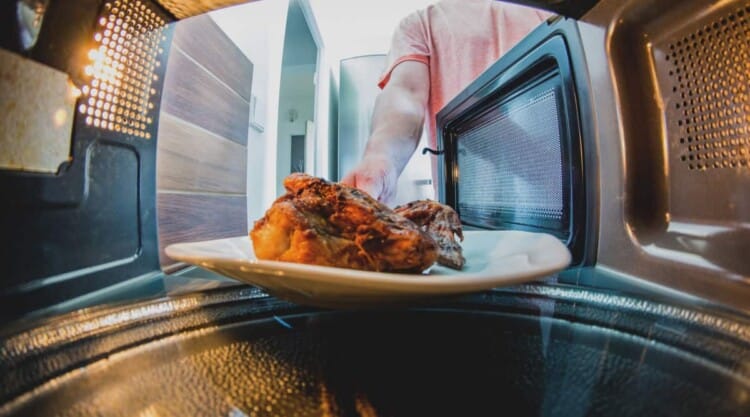
How Many Times Can You Reheat Food, Especially Meat?

How Many Times Can You Reheat Food Safely?
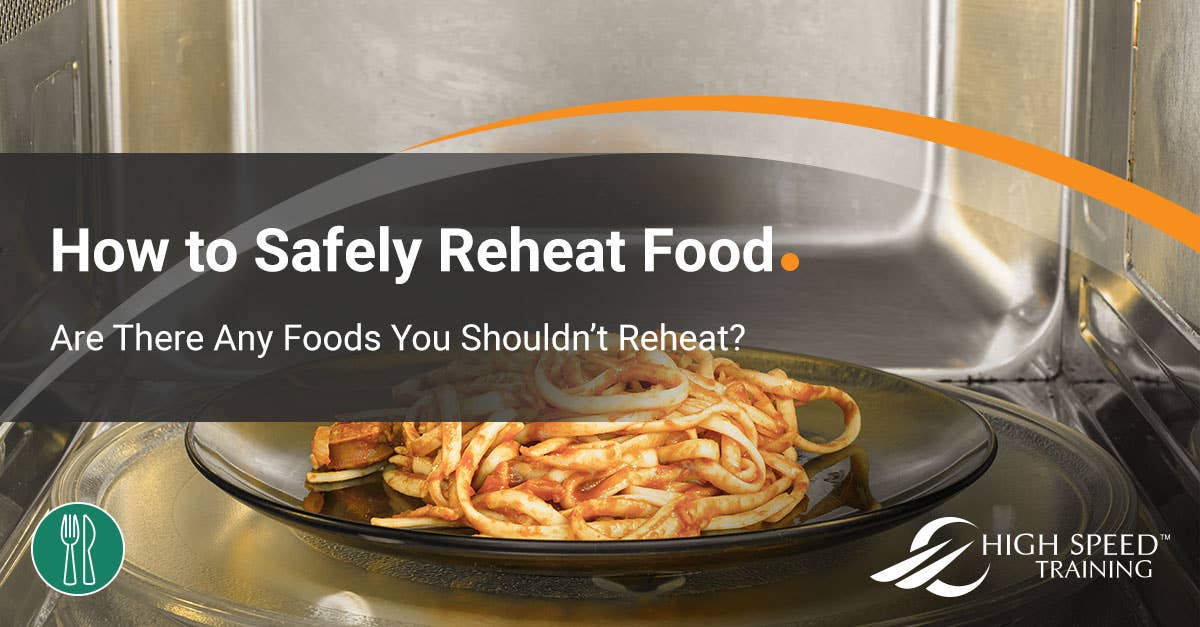
How Many Times Can You Reheat Food Safely? | Food Safety Guidelines
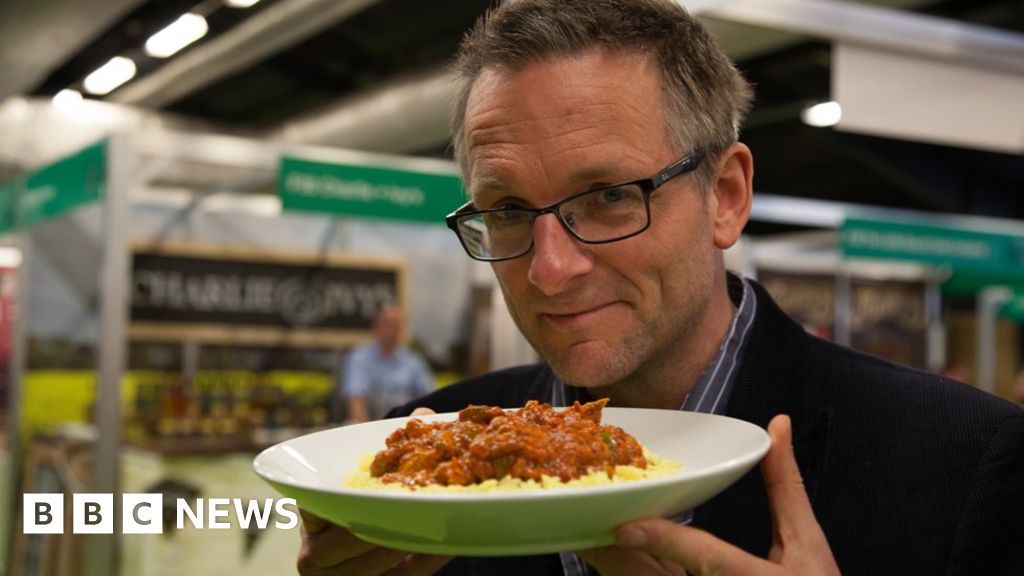
Michael Mosley: When is it safe to reheat leftovers? - BBC News
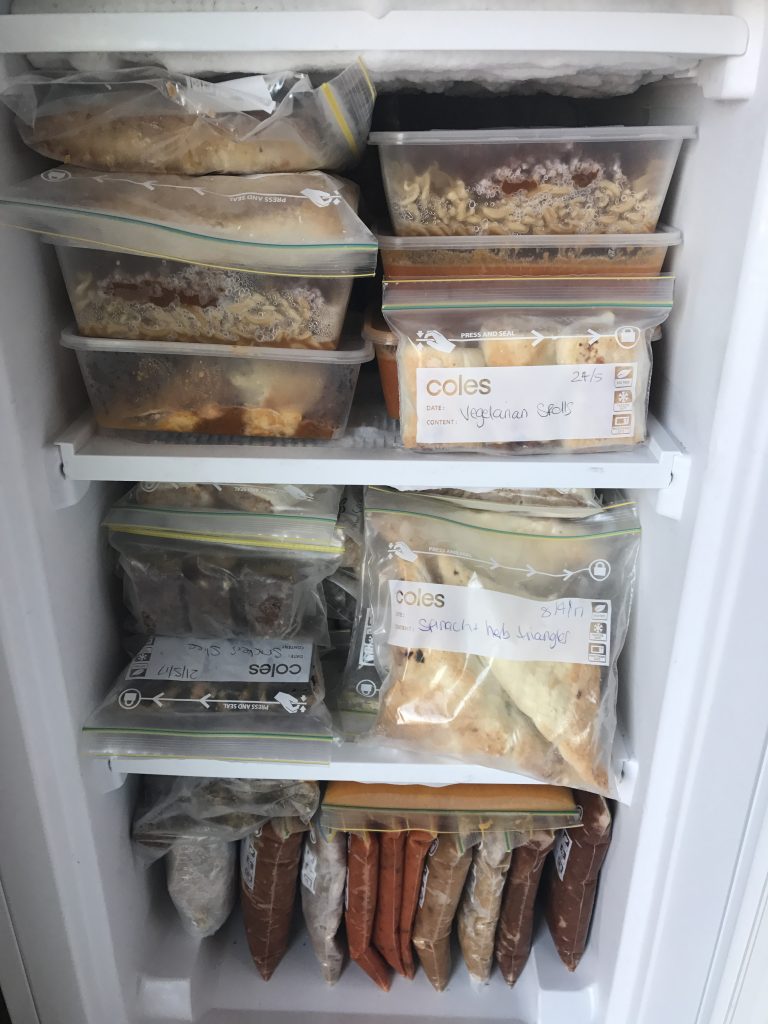
How many times can you really reheat leftovers?
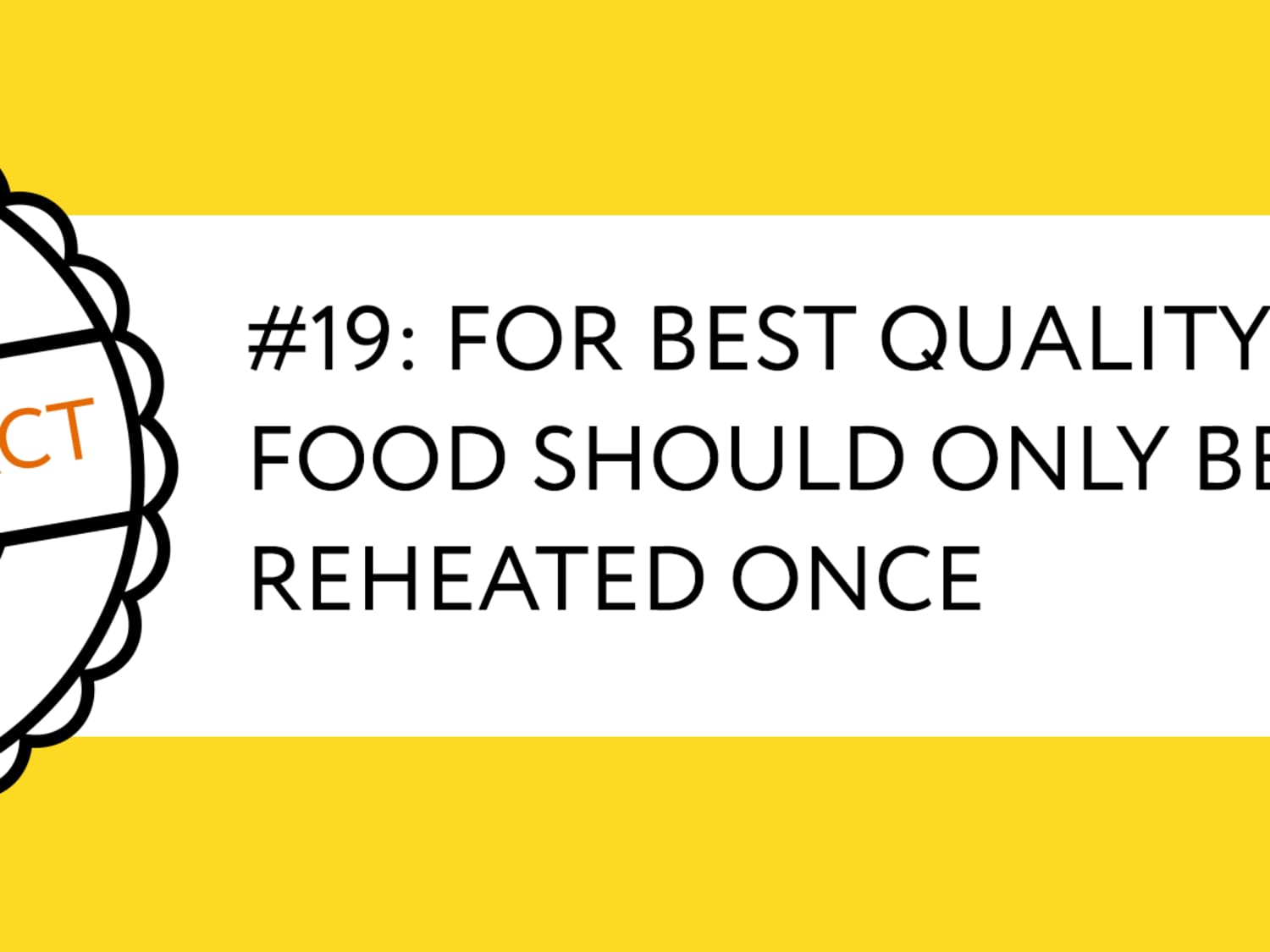
How Many Times Can I Reheat Food? | Kitchn

How Many Times Can You Reheat Food Safely?

How to Safely Reheat Leftovers: Steak, Chicken, Rice, Pizza and More

8 Foods You Shouldn't Reheat (Because They Could Poison You) | MyRecipes
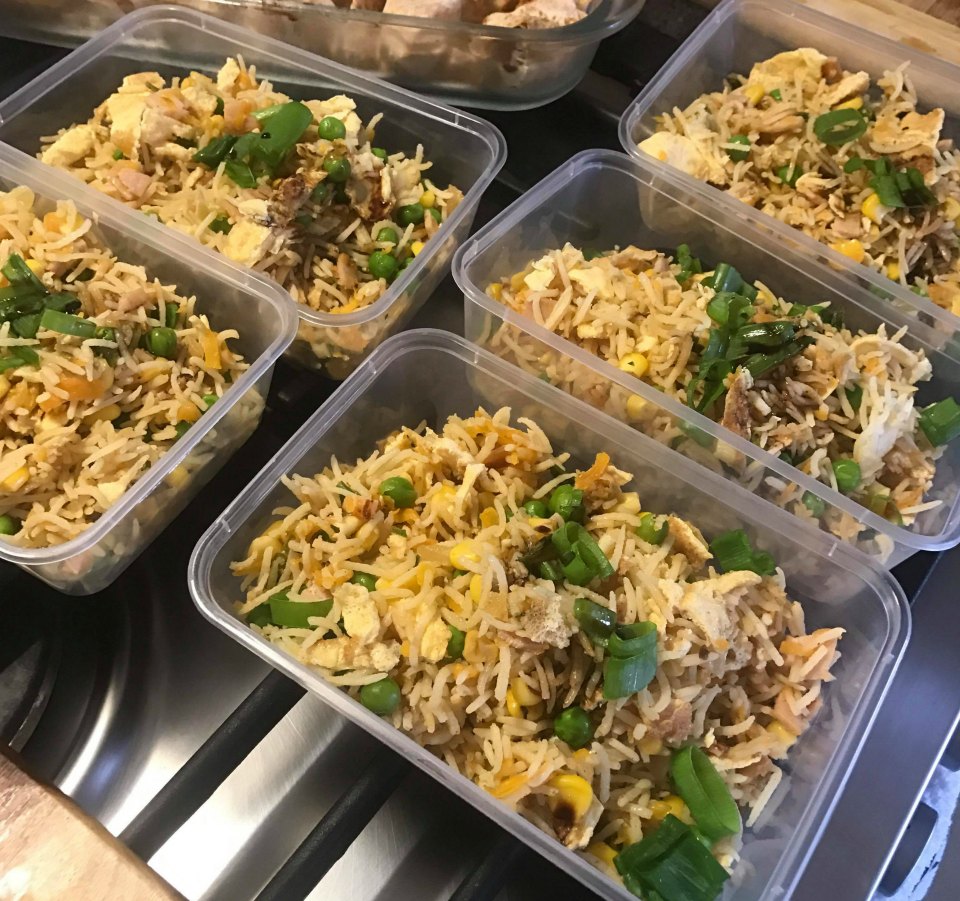
How many times can you really reheat leftovers?
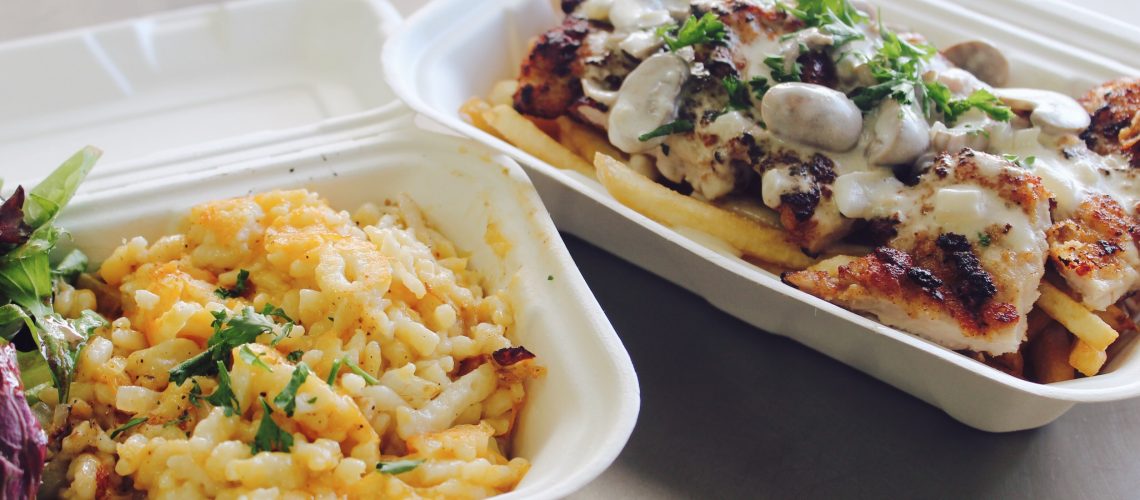
How Many Times Can You Safely Reheat Food? - Food Safety
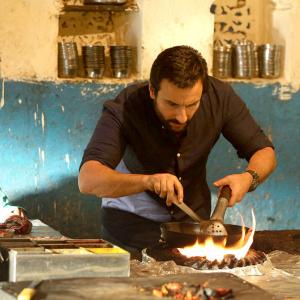
7 foods you must never reheat - Rediff.com Get Ahead

Will Reheating Food Make It Safe If You Forget to Refrigerate It?
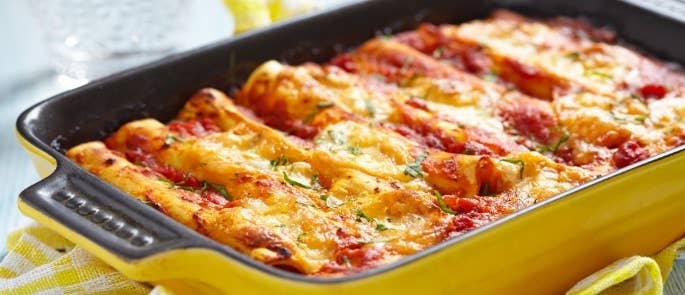
How Many Times Can You Reheat Food Safely? | Food Safety Guidelines
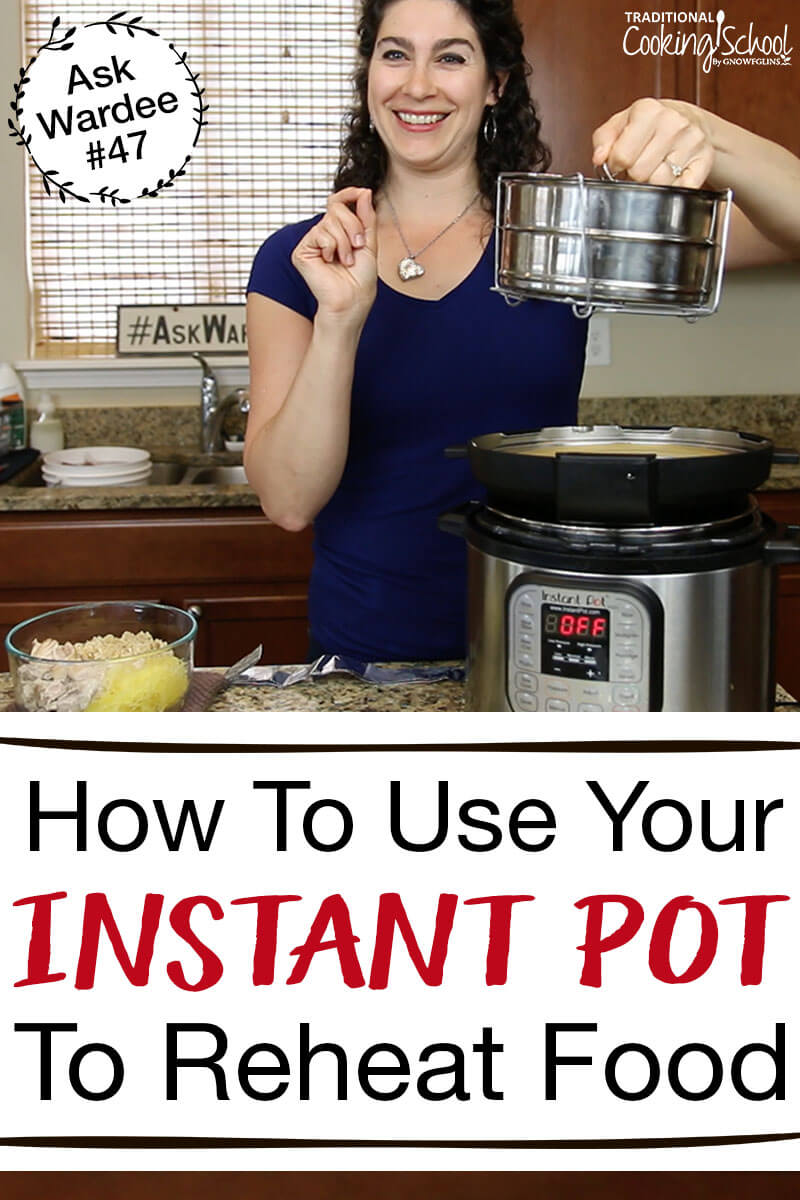
How Do I Reheat Food In The Instant Pot? | Traditional Cooking School
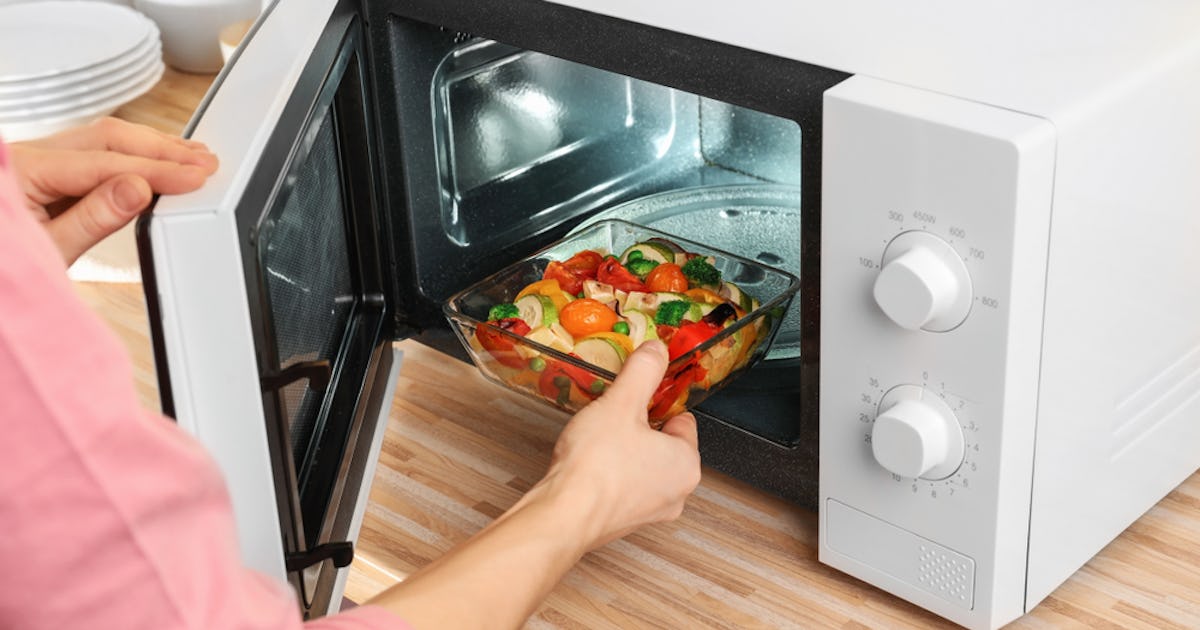
11 Foods That Can Be Dangerous To Reheat In The Microwave

How to Reheat and Store Leftovers Safely | Real Simple

Going Microwave-Free: The Best Ways to Reheat Food

How to reheat leftovers - BBC Good Food
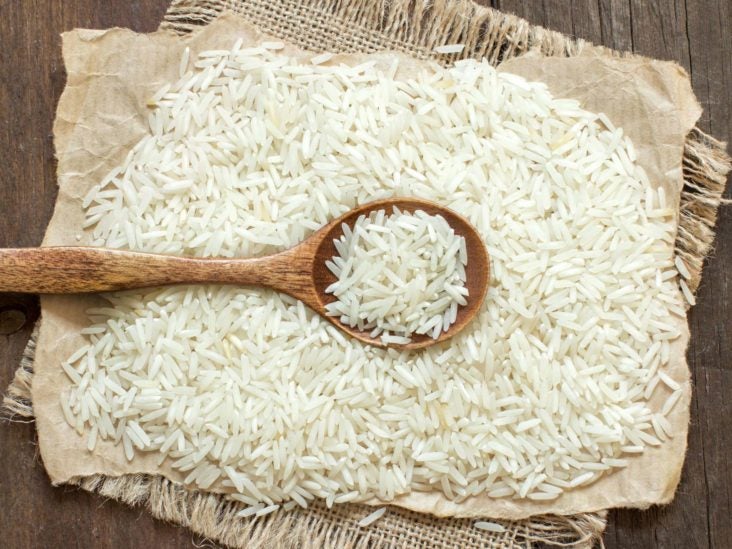
Can you reheat rice? Tips for preventing food poisoning

TCS Foods Poster

How to reheat leftovers - BBC Good Food
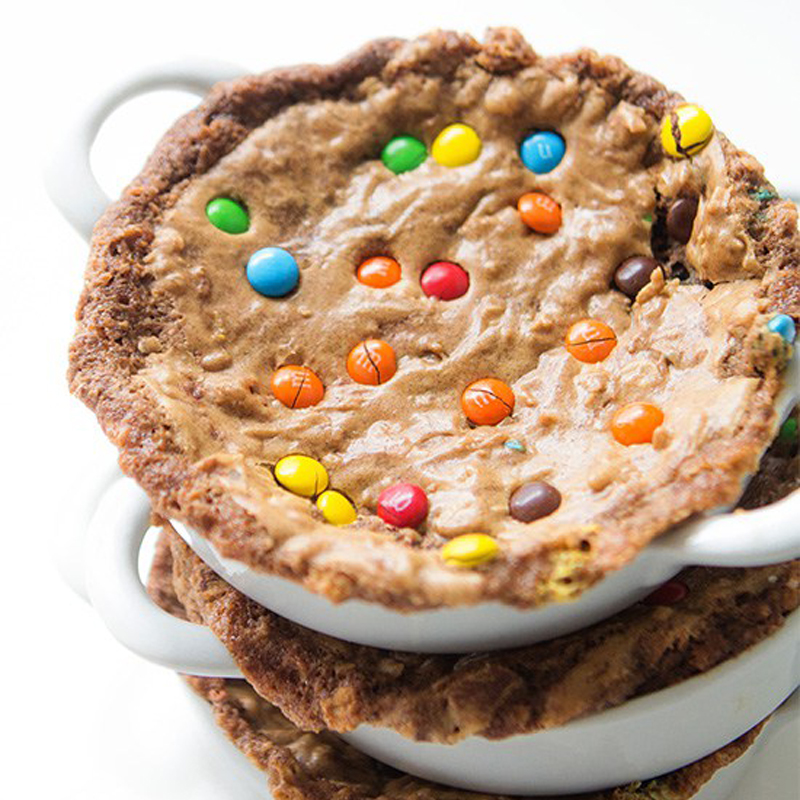
Microwave Reheating Guide – Simply Better Living
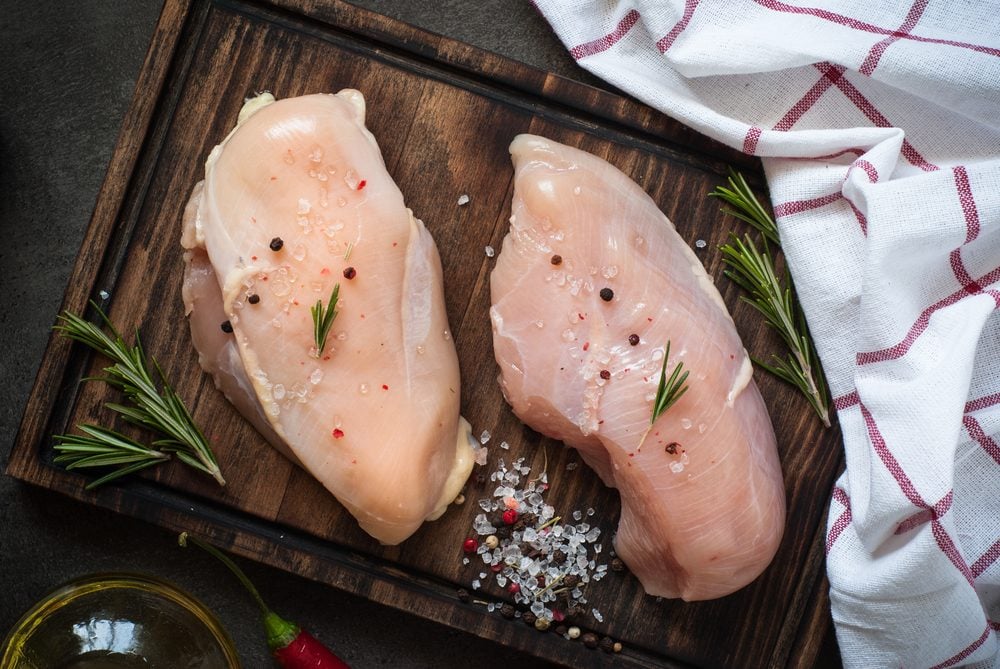
10 Foods That You Shouldn't Reheat in a Microwave
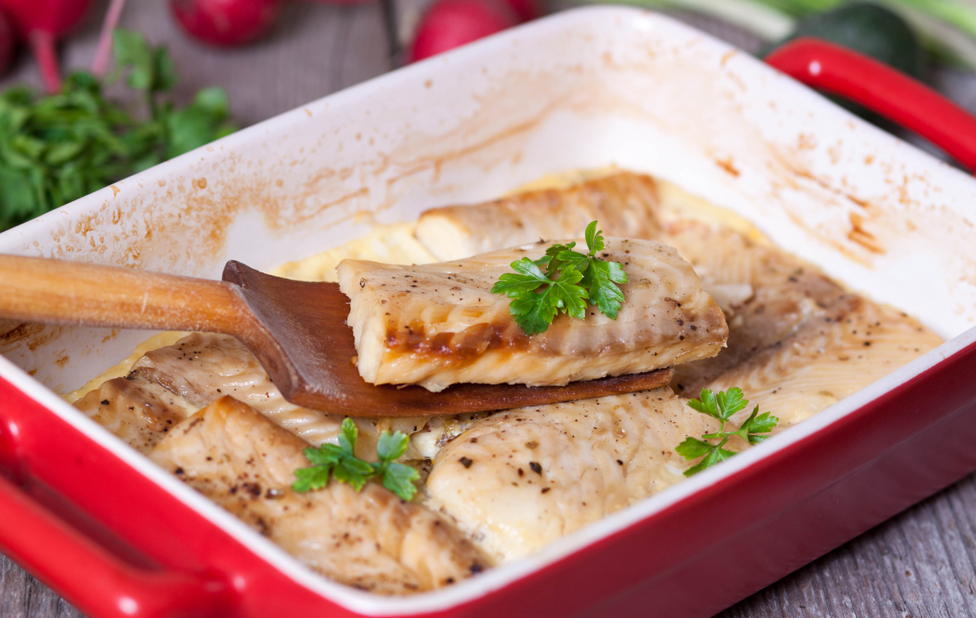
Michael Mosley: When is it safe to reheat leftovers? - BBC News
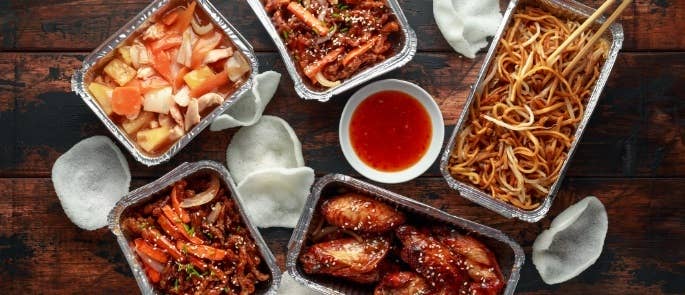
How Many Times Can You Reheat Food Safely? | Food Safety Guidelines
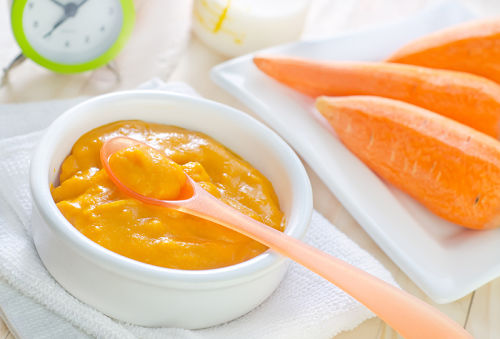
How Many Times Can I Reheat Baby Food - The Homemade Baby Food Recipes Blog

How Many Times Can You Reheat Food Safely? | Food Safety Guidelines

Cooling and reheating food
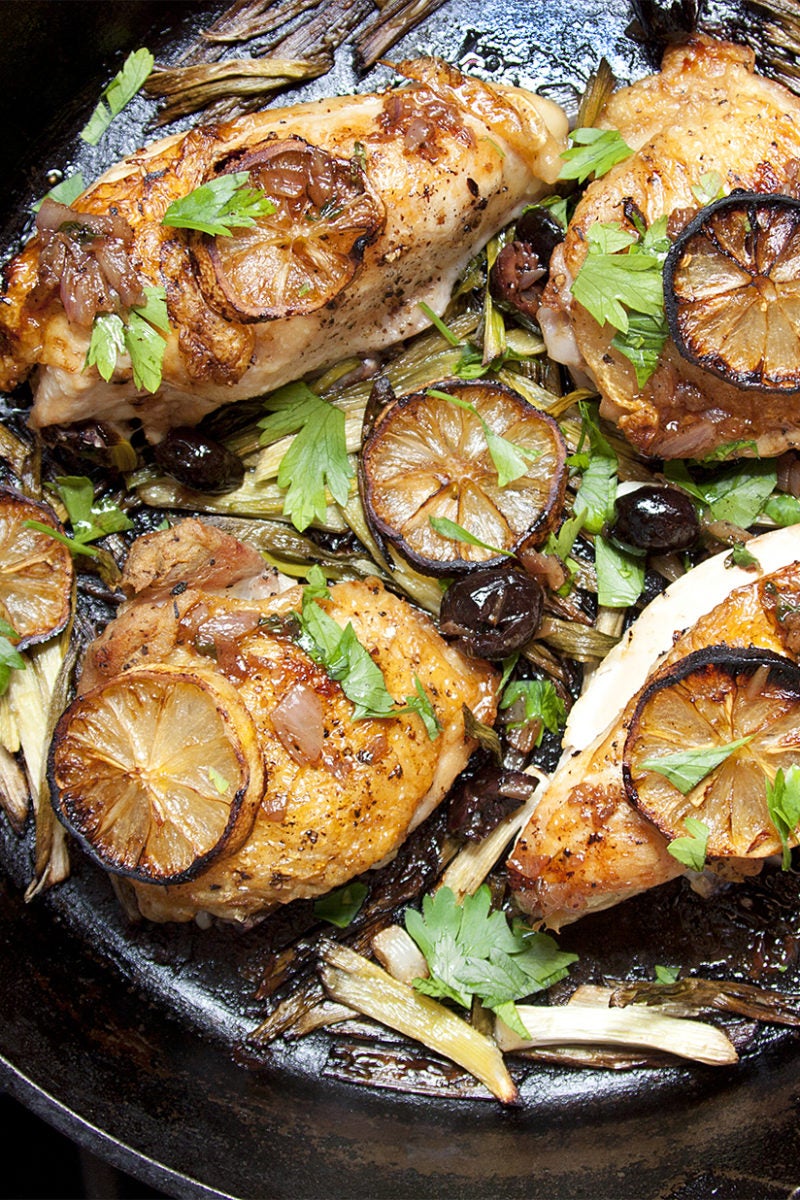
Reheating Leftovers: Tips for Heating Up Food

Reheating These Foods Could Make You Sick | | Keck Medicine of USC
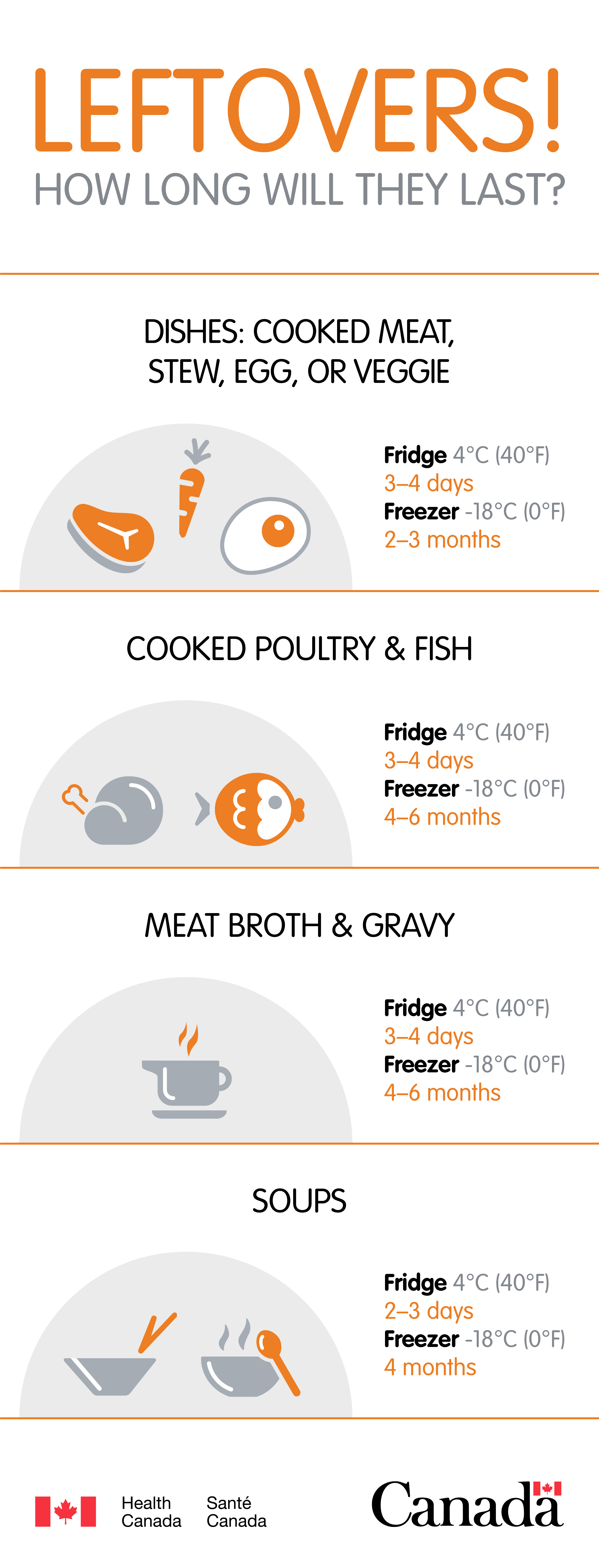
Food safety tips for leftovers - Canada.ca

What foods can be reheated? | Meat, eggs, pasta, dairy & others
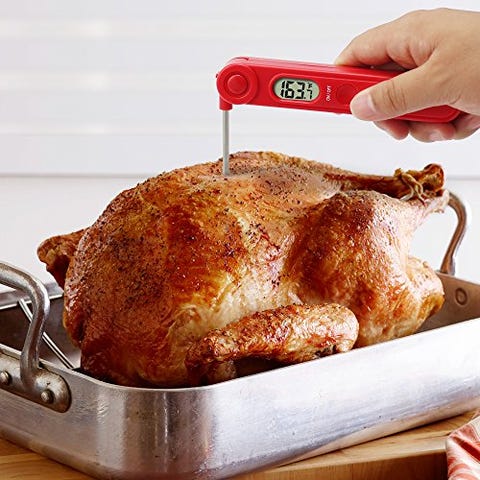
8 Common Foods You Should NEVER Reheat
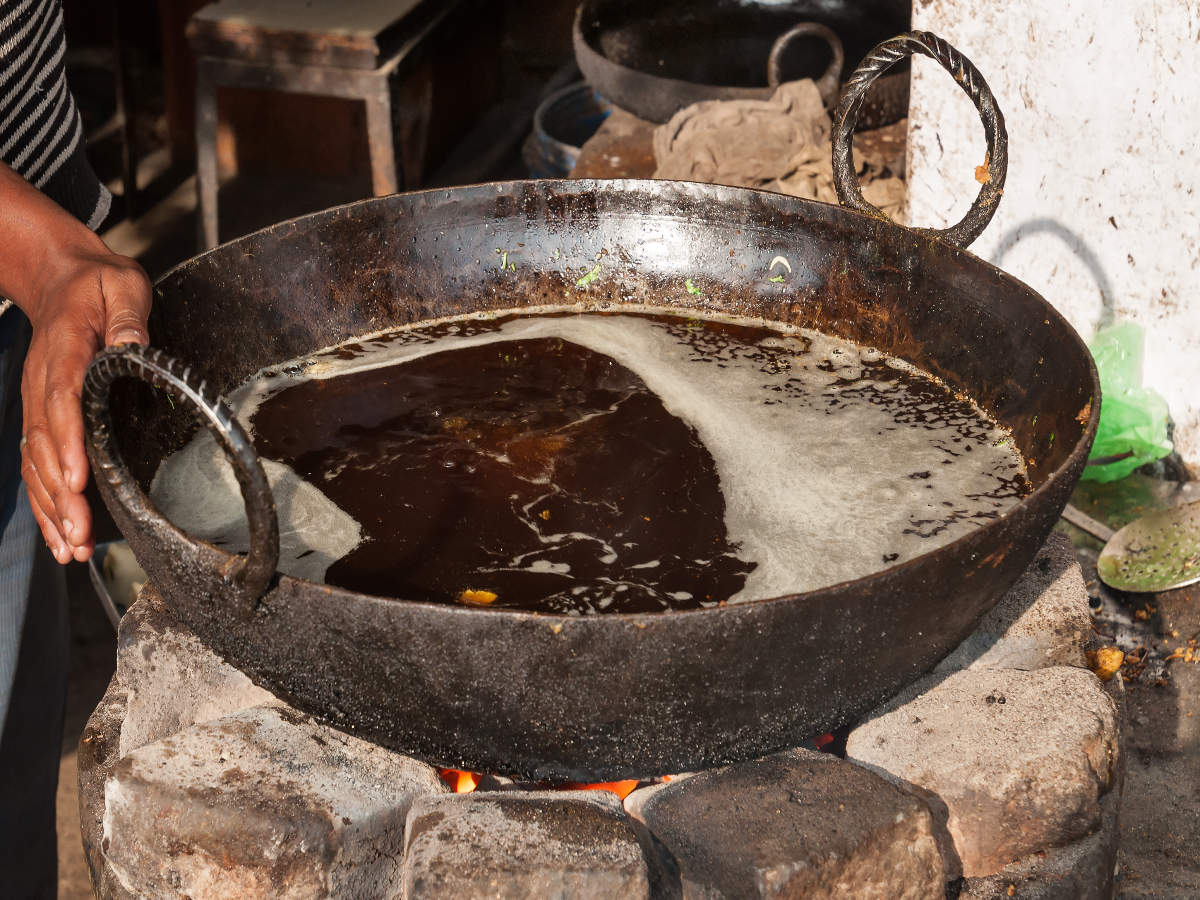
This is why you should never reheat cooking oil

Four foods you should avoid reheating – and one you can | The Independent | The Independent
How to properly reheat food in the microwave | Ask Candy for advice, information and curiosities | Candy

How Many Times Can You Reheat Food Safely? | Food Safety Guidelines
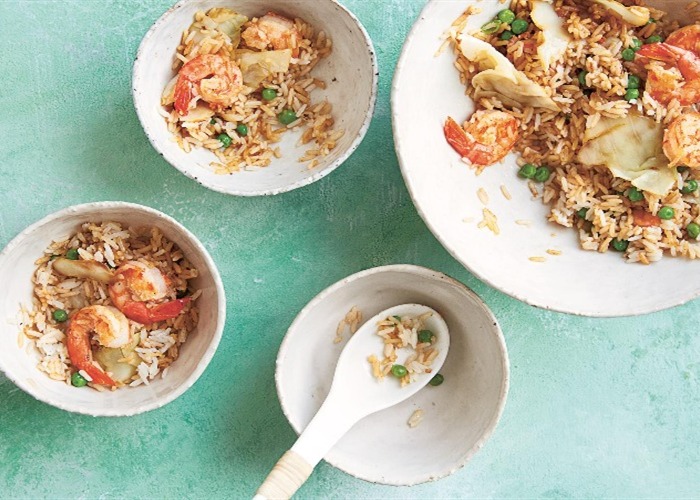
Essential things to know about reheating food | lovefood.com

8 Common Foods You Should NEVER Reheat
Posting Komentar untuk "how many times can one reheat food products"